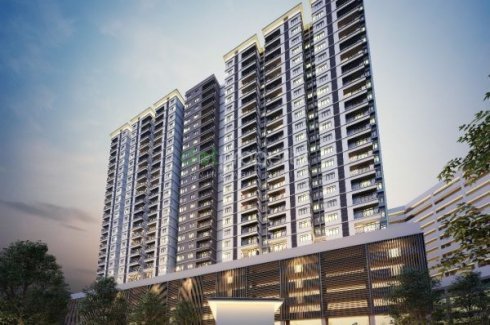Condo and Apartment: Understanding the Differences
Are you one of those people who are now ready to take a leap on the life of independence and now planning to live on your own? Having set aside some money allocated for a place to live, you might be wondering now on where would be the best place. If you are not planning to get a house of your own, then you might be considering renting a place. And when you mention renting, there are only two options that come to mind—apartment and condo.

Although there are a lot of similarities between the two and both are a good place to live in, you might still be wondering which one of the two would be better than the other. To help you decide between the two, let us examine and know what the differences between the two are.
One of the basic differences between Apartment and Condo is ownership. Though both the apartment and condo are placed as a part of a building, the apartment is managed and owned by a landowner or a professional company. Sentul Apartments for rent in Kuala Lumpur are owned and managed by a professional company, so what the renters do is to pay the rent to the landowners and in return, the landowners will provide the best place for their renters. The apartment’s bills, taxes, maintenance and other unexpected expenses will be shouldered by the landowners. On the other hand, a condo is a bit different. Yes, just like an apartment, a condo is a single unit inside a building with multiple units. However, whenever the condo is rented or sold, then the ownership of the condo will be given to the renter or the buyer. This means each unit is owned by a different individual and these individuals will be responsible for their own unit just like the TTDI condo for rent, in Taman Tun, Malaysia. If you plan to buy or rent property visit https://www.edgeprop.my/ for more information.
One of the perks of having a condo is that, unlike apartments, since you own the condo, you have the right and are able to sell the condo yourself. Apartments cannot be sold individually since there is only one owner for the whole building.
With regards to the design of the buildings, condos can differ from one unit to another since the structure, designs and decorations will depend on the taste of the owner. Apartments tend to be uniform in structure, design and amenities since it will be convenient for the landowner. But, in the case of the apartment, if the apartment renter wants it, they can put decorations in their apartment.
Living in a place that is maintained and is managed by a landowner would be the best deal for most people. You would be relieved of major responsibilities just like travelling each month just to pay the monthly bills and shoulder the maintenance of the apartment. Then again there are also those who love the condo more than apartments. Most of these people prefer individuality and want control of their own unit. Whichever you prefer, whether it’s the apartment or condo, it is really up to which one meets your needs most and the budget that you have stored for it.
…





